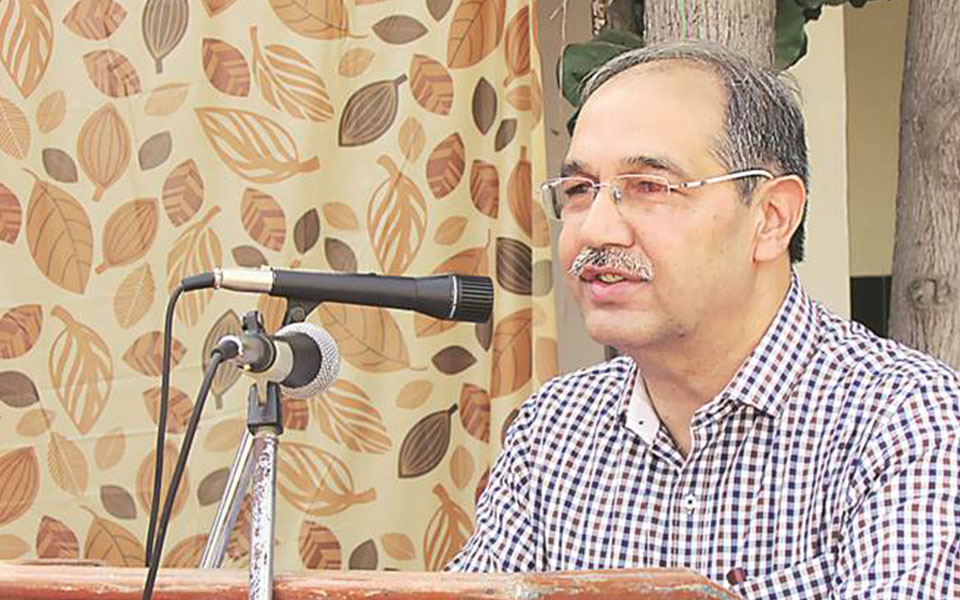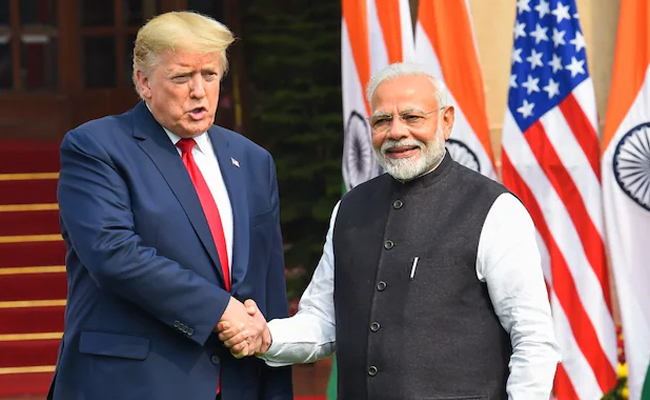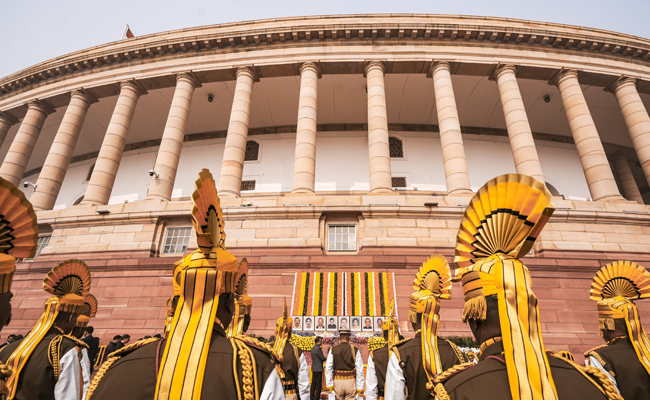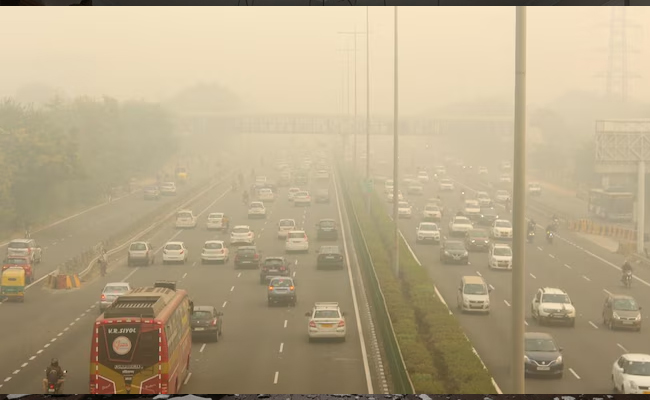New Delhi, May 9: Aligarh Muslim University (AMU) Vice Chancellor Tariq Mansoor on Wednesday described as "a non-issue" the Jinnah portrait in the AMU, saying it also existed in the Bombay High Court and Sabarmati Ashram.
"No one was worried about the portrait until now. I think it is a non-issue. The student agitation had no relation to the Jinnah portrait row, they were protesting against the people who came to the AMU to disturb peace on May 2," he told the media.
Mansoor spoke after meeting Union Home Minister Rajnath Singh over engaging youths in paramilitary forces.
"I met Rajnath Singh over recruitment of students in central forces like the CRPF and CISF. It was a pre-scheduled meeting. It had no relation to the Jinnah portrait row," he said.
Mansoor said the Minister assured him he would send officers from paramilitary forces to interact with the AMU students and motivate them to join central forces.
In his over half hour meeting, informed sources said, Mansoor also briefed Rajnath Singh about the current situation in the AMU.
On the demand to remove a portrait of Mohammad Ali Jinnah from an AMU hall, Mansoor said the portrait had been in the university since 1938 and it was put up at many places including the Bombay High Court and Sabarmati Ashram.
"We have already demanded a judicial inquiry into the issue."
On Tuesday, the VC urged the students protesting over the Jinnah portrait row to not let their studies suffer due to the unrest in the varsity.
Through a letter, he appealed to the students "not to fall into the trap of certain forces which are bent upon destroying the image of our alma mater and are playing with your bright future.
"Under no circumstances should you let your studies suffer, especially when your exams are just round the corner."
Let the Truth be known. If you read VB and like VB, please be a VB Supporter and Help us deliver the Truth to one and all.
New Delh (PTI) The Congress on Saturday said it is perhaps not very surprising that India is not part of a US-led strategic initiative to build a secure silicon supply chain, given the "sharp downturn" in the Trump-Modi ties, and asserted that it would have been to "our advantage if we had been part of this group".
Congress general secretary in charge of communications Jairam Ramesh took a swipe at Prime Minister Narendra Modi, saying the news of India not being part of the group comes after the PM had enthusiastically posted on social media about a telephone call with his "once-upon-a-time good friend and a recipient of many hugs in Ahmedabad, Houston, and Washington DC".
In a lengthy post on X, Ramesh said, "According to some news reports, the US has excluded India from a nine-nation initiative it has launched to reduce Chinese control on high-tech supply chains. The agreement is called Pax Silica, clearly as a counter to Pax Sinica. The nations included (for the moment at least) are the US, Japan, the Republic of Korea, Singapore, the Netherlands, the United Kingdom, Israel, the United Arab Emirates, and Australia."
"Given the sharp downturn in the Trump-Modi ties since May 10th, 2025, it is perhaps not very surprising that India has not been included. Undoubtedly, it would have been to our advantage if we had been part of this group."
"This news comes a day after the PM had enthusiastically posted on his telephone call with his once-upon-a-time good friend and a recipient of many hugs in Ahmedabad, Houston, and Washington DC," the Congress leader asserted.
The new US-led strategic initiative, rooted in deep cooperation with trusted allies, has been launched to build a secure and innovation-driven silicon supply chain.
According to the US State Department, the initiative called 'Pax Silica' aims to reduce coercive dependencies, protect the materials and capabilities foundational to artificial intelligence (AI), and ensure aligned nations can develop and deploy transformative technologies at scale.
The initiative includes Japan, South Korea, Singapore, the Netherlands, the United Kingdom, Israel, the United Arab Emirates, and Australia. With the exception of India, all other QUAD countries -- Japan, Australia and the US -- are part of the new initiative.
New Delhi will host the India-AI Impact Summit 2026 on February 19-20, focusing on the principles of 'People, Planet, and Progress'. The summit, announced by Prime Minister Narendra Modi at the France AI Action Summit, will be the first-ever global AI summit hosted in the Global South.
Prime Minister Modi and US President Trump on Thursday discussed ways to sustain momentum in the bilateral economic partnership in a phone conversation amid signs of the two sides inching closer to firming up a much-awaited trade deal.
The phone call between the two leaders came on a day Indian and American negotiators concluded two-day talks on the proposed bilateral trade agreement that is expected to provide relief to India from the Trump administration's whopping 50 per cent tariffs on Indian goods.
In a social media post, Modi had described the conversation as "warm and engaging".
"We reviewed the progress in our bilateral relations and discussed regional and international developments. India and the US will continue to work together for global peace, stability and prosperity," Modi had said without making any reference to trade ties.





